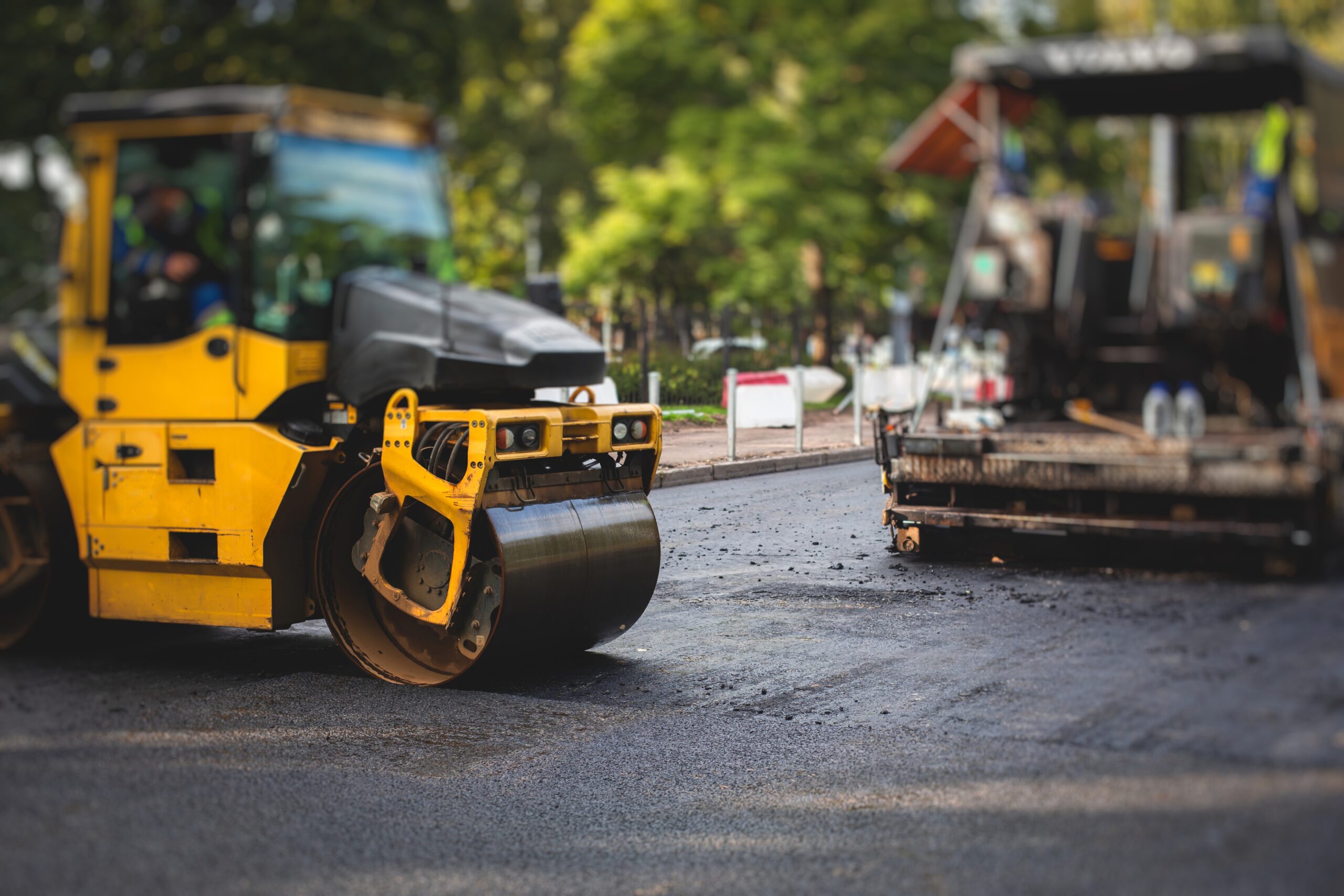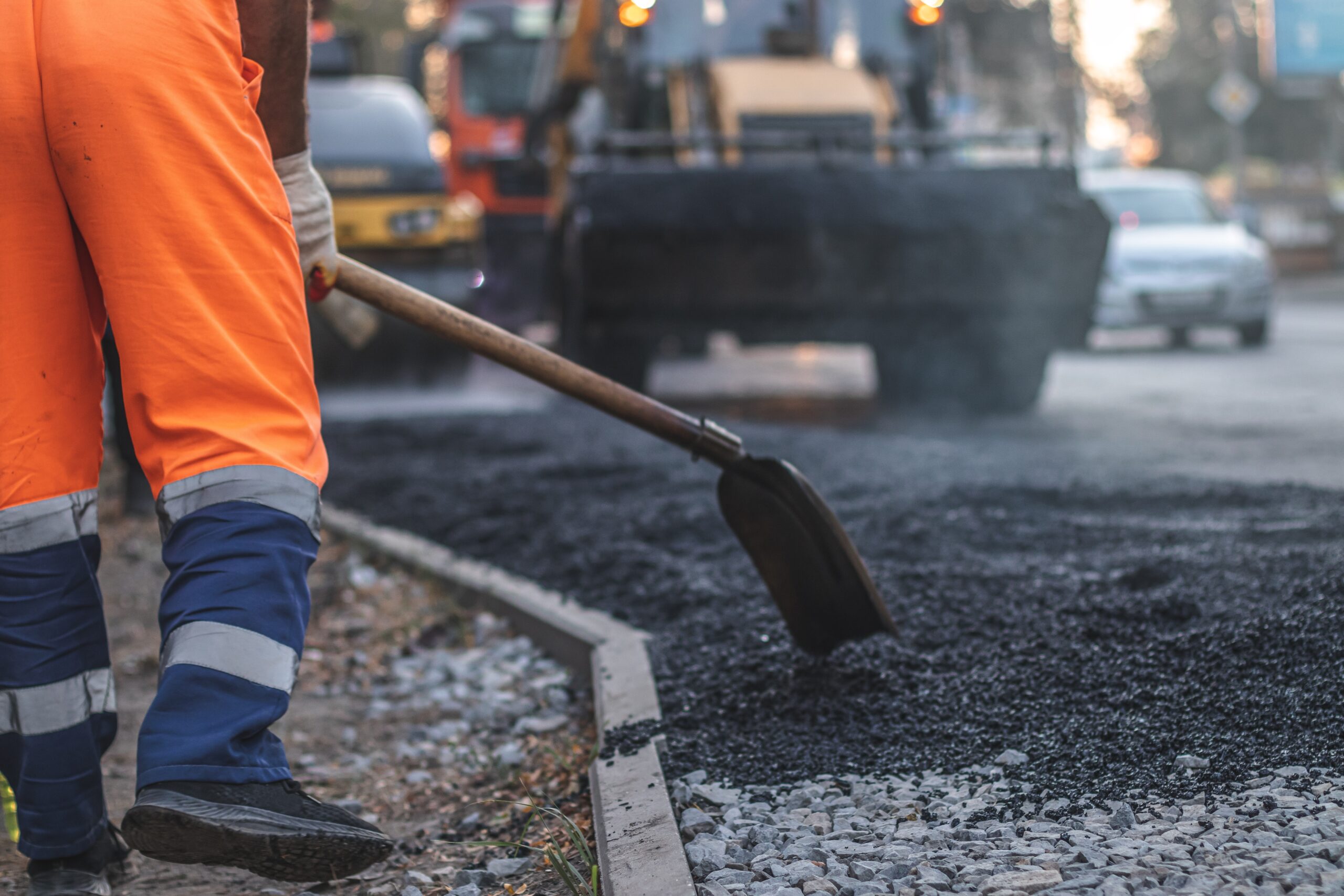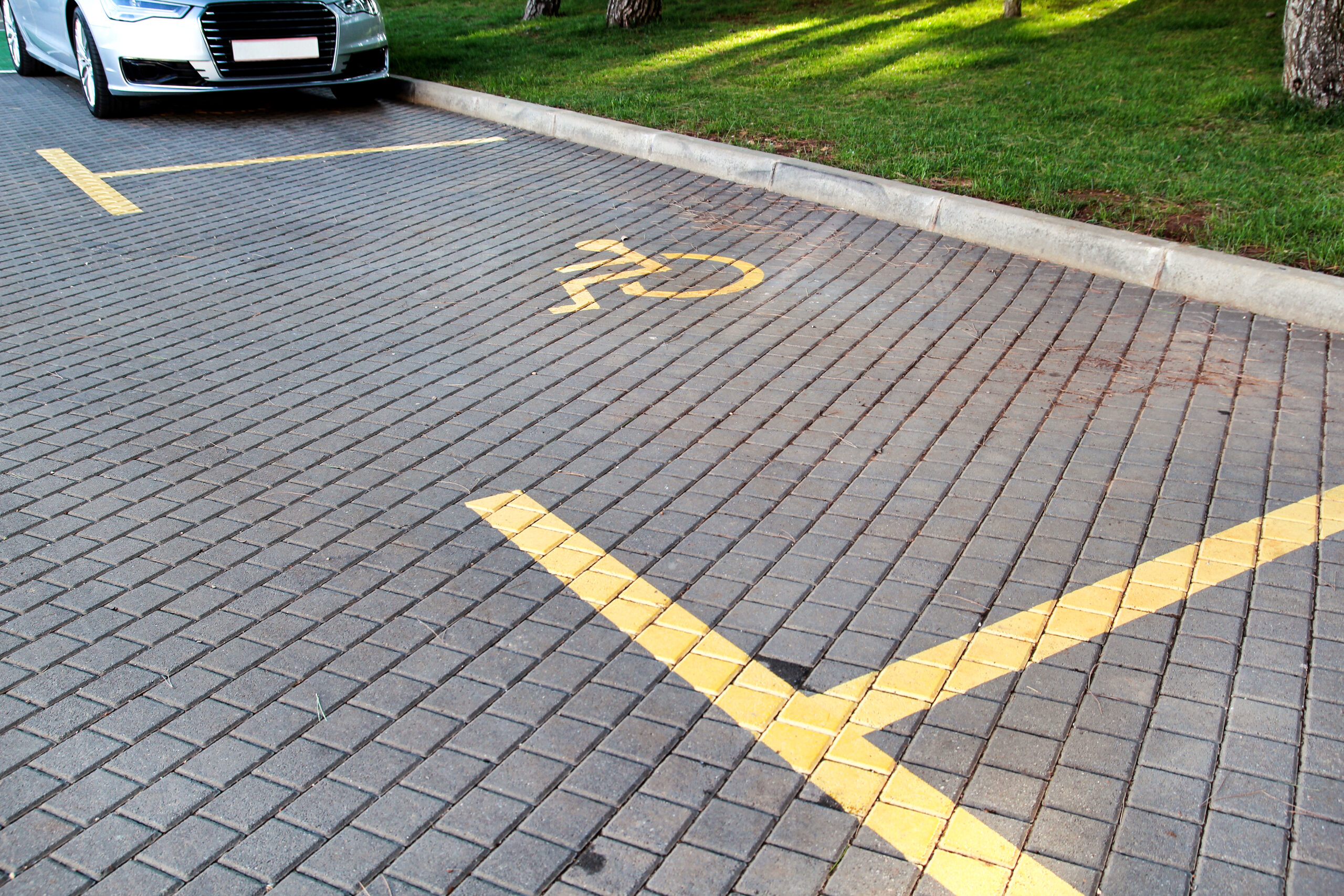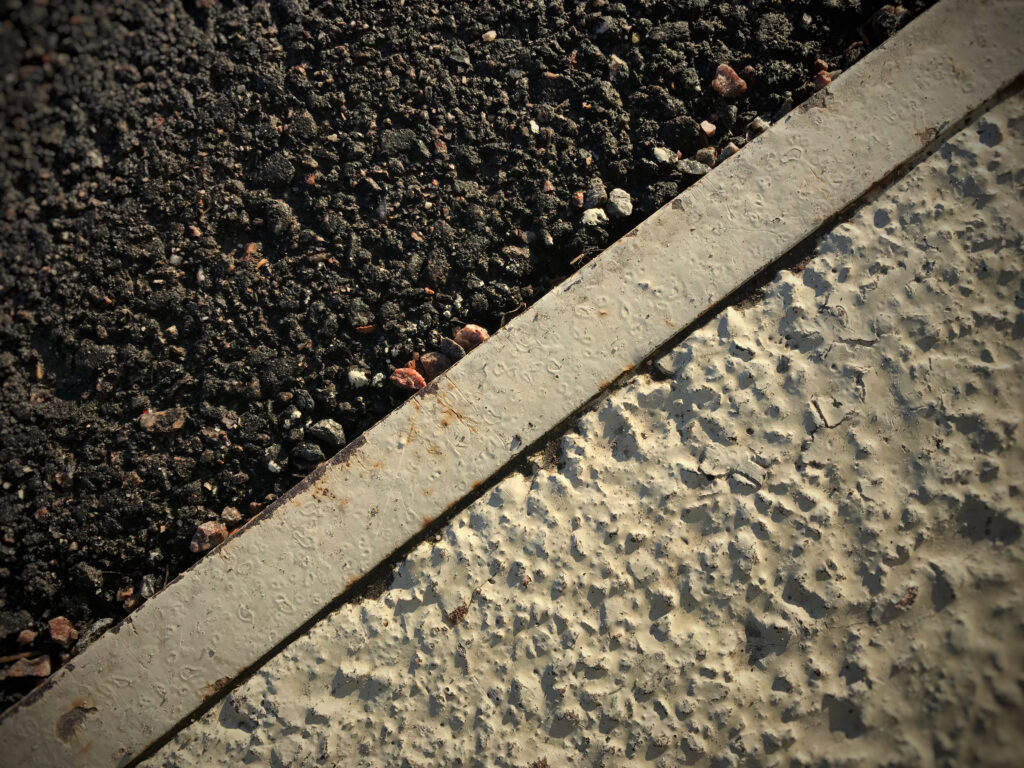
Decades of harsh Colorado winters freeze-thaw cycles, and heavy daily traffic have quietly chipped away at Denver’s concrete surfaces. Sidewalks crack, parking lots settle unevenly, and curbs crumble, signs that Denver’s aging infrastructure is calling for attention. In fact, Colorado’s infrastructure recently earned a C- grade overall, with its road system rated D+—, and only about 34 % of the state’s roads are in “good condition.”
Although rebuilding concrete from scratch is expensive and time-consuming, budget-friendly repair approaches offer a practical way to preserve Denver’s aging infrastructure.
In this article, you’ll discover practical, budget-friendly concrete repair solutions explicitly designed for Denver’s unique climate and infrastructure challenges. We’ll guide you through the causes of concrete damage, repair methods that save money, and how to choose the right contractor, so you can keep your property safe, functional, and looking great without overspending.
Understanding Denver’s Concrete Challenges
Denver’s concrete infrastructure faces some severe stressors that can quickly turn smooth surfaces into cracked, uneven hazards. Suppose you own or manage commercial or residential property here. In that case, understanding these specific challenges can save you time and money by helping you address minor issues before they become major headaches.
Freeze-Thaw Cycles: Nature’s Slow Concrete Destroyer
One of the biggest culprits in Denver is the freeze-thaw cycle. Winter’s cold grip causes any moisture trapped within concrete pores or cracks to freeze and expand, resulting in the concrete’s surface becoming uneven. This expansion exerts internal pressure, causing the concrete to crack or spall, where chunks of surface break off.
When temperatures rise, the ice melts and contracts, leaving gaps and weakened spots behind. This constant push-pull throughout the season can cause significant damage to sidewalks, driveways, parking lots, and curbs. Over the years, even the toughest concrete takes a beating from this relentless cycle, making repair not just necessary but urgent to maintain safety and appearance.
Research confirms that freeze–thaw deterioration is one of the most damaging mechanisms for concrete in cold regions, leading to reduced durability, scaling, and progressive microcracking that accelerates long-term structural decline (
Shifting Soil and Ground Movement
Denver’s soil composition plays a massive role in concrete durability. The Front Range region consists of a mix of clay, silt, and gravel, which can expand when wet and contract when dry. This constant fluctuation causes the ground beneath slabs to shift or settle unevenly. Add heavy rains or nearby construction activity, and the risk of concrete slabs settling, cracking, or even heaving increases substantially. The result? Uneven surfaces that pose trip hazards and can damage vehicles or equipment.
According to infrastructure inventory work conducted in Denver, even minor assets such as sidewalks, curbs, and driveways are tracked in city-level assessments, highlighting that these elements are under continuous stress and require ongoing monitoring.
Heavy Loads and Daily Traffic Wear
Concrete doesn’t just have to withstand weather; it must also endure the weight of constant traffic. Delivery trucks, employee vehicles, and foot traffic all contribute to surface stress. Over time, the heavy loads and constant vibration create micro-cracks that grow larger, compromising the slab’s integrity. This is especially true in commercial or industrial settings, where concrete must withstand greater-than-average weight, making maintenance and repair essential for longevity.
Water Intrusion and Drainage Problems
Improper drainage water pooling near concrete areas can dramatically accelerate deterioration. Water seeps into tiny cracks and joints, exacerbating freeze-thaw damage and contributing to soil erosion beneath slabs. Without proper drainage, water can accumulate and cause the gradual undermining of the concrete base, leading to sagging or collapse over time. Ensuring that runoff is directed away from concrete surfaces is critical for preventing costly repairs later on.
Why Full Concrete Replacement Isn’t Always the Best Option
Replacing concrete entirely is the straightforward fix when damage appears. However, for many Denver property owners, full replacement brings unnecessary costs, disruption, and waste. Understanding when replacement makes sense, and when smart repairs can deliver lasting results, can save you both time and money.
High Costs and Operational Disruptions
Concrete replacement often means heavy equipment, demolition crews, and extended work schedules. This level of disruption can halt business operations, limit parking access, or restrict pedestrian movement for days or even weeks. Not to mention the expense. Material, labor, disposal fees, and permits all add up quickly, especially for larger commercial properties. For many, these factors make replacement a less attractive first choice.
Environmental Impact of Concrete Waste
Concrete is among the most significant contributors to construction waste nationwide. Tearing out slabs not only generates tons of debris but also requires energy-intensive production of new concrete. This process produces significant carbon emissions. By choosing affordable repair options instead of full replacement, property owners contribute less to landfill waste and reduce their environmental footprint.
According to research published in arXiv, innovations such as self-healing agents—like superabsorbent polymers combined with fibers—can help seal cracks and reduce the frequency of repairs, ultimately making concrete infrastructure more sustainable.
When Replacement Is Truly Necessary
There are cases when repair alone won’t suffice, such as when slabs are severely cracked, structurally compromised, or have undergone extensive settlement. In such situations, replacement may be the safest and most cost-effective long-term option. However, such cases tend to be the exception rather than the rule, especially if maintenance and timely repairs have been performed over the years.
The Value of Preventive Repairs
Often, early intervention through affordable repair methods can halt the progression of damage, restore safety, and extend the life of concrete slabs by years or even decades. This proactive approach avoids the costly headache of full replacement and keeps your property functional with minimal downtime.
Is full concrete replacement always necessary for damaged slabs?
Not always. Many concrete issues can be addressed with targeted repairs that extend the slab’s lifespan. Replacement is best reserved for severe damage or structural failure that cannot be repaired.
Cost-Effective Repair Methods That Work for Denver
When it comes to extending the life of Denver’s aging concrete, smart repair solutions often provide the best balance between cost, durability, and convenience. Instead of ripping out slabs and starting from scratch, these targeted repair methods address the root causes of damage while keeping budgets in check.
- Crack Injection and Epoxy SealingSmall to medium cracks can be effectively sealed with epoxy or polyurethane injections. This process fills the cracks, preventing water infiltration that causes freeze-thaw damage and soil erosion underneath the slab. Crack injection not only stabilizes the concrete but also restores its structural integrity, often at a fraction of the cost of replacement. In fact, the technique is widely regarded as minimally disruptive and cost-effective because it does not require the removal of existing concrete, making it a preferred repair method in many settings.
- Surface Patching and LevelingWhen concrete surfaces suffer from spalling, shallow cracks, or surface wear, patching can quickly restore both appearance and function. Using high-quality repair mortars or overlays, patches bond seamlessly with the existing slab, ensuring a strong and durable connection. Leveling techniques also address uneven slabs by filling low spots, improving safety, and preventing trip hazards.
- Concrete Overlays and ResurfacingFor larger areas showing widespread wear or minor cracking, overlays provide a thin, durable layer applied over the existing concrete. This refreshes the surface’s look and adds a protective barrier against weathering and traffic wear. When overlays are properly designed and placed, they have been shown to extend service life by several years, effectively postponing more expensive replacement projects.
- Concrete Lifting with Polyurethane InjectionSunken or settled slabs create uneven surfaces that can be dangerous and damaging. Concrete lifting, also known as slab jacking, involves injecting expanding polyurethane foam beneath the slab to raise it back to its original level. This method is faster, cleaner, and more precise than traditional mudjacking, making it ideal for Denver’s soil conditions.
- Grinding and Surface SmoothingGrinding rough or uneven concrete surfaces can enhance traction, improve safety, and enhance aesthetics. It also helps prepare the slab for coatings or sealants, thereby enhancing its durability and longevity. This cost-effective step often pairs well with other repairs to give your concrete a fresh, smooth finish.
What is the most affordable repair method for minor concrete cracks?
Crack injection with epoxy or polyurethane is typically the most cost-effective method for sealing minor cracks, preventing further damage, and maintaining structural integrity.
Key Factors That Influence Repair Cost
When it comes to budgeting for concrete repair projects in Denver, there’s more to the price than meets the eye. Several key factors combine to shape the final cost, and understanding these details upfront helps property owners and managers make wise, cost-effective choices. Knowing what impacts the budget ensures you don’t get blindsided by surprises and that your repair delivers lasting value without breaking the bank.
Extent and Type of Damage
Not all concrete damage is created equal. The scope and nature of the issue dramatically affect the cost. Minor surface cracks or shallow spalling usually require less material and less labor time, making these among the most affordable repairs.
On the other hand, deep cracks, widespread deterioration, or structural damage necessitate more comprehensive fixes, such as slab lifting or partial replacement, which naturally increase costs. Additionally, the size of the affected area matters: repairing a small patch differs significantly in price from tackling an entire parking lot or long sidewalk section.
Recent research on reinforced concrete repair costs supports this, showing that probabilistic models based on service life functions provide a more realistic and continuous way to estimate repair costs over time, reflecting how the severity and extent of deterioration directly drive higher expenses.
Accessibility and Site Conditions
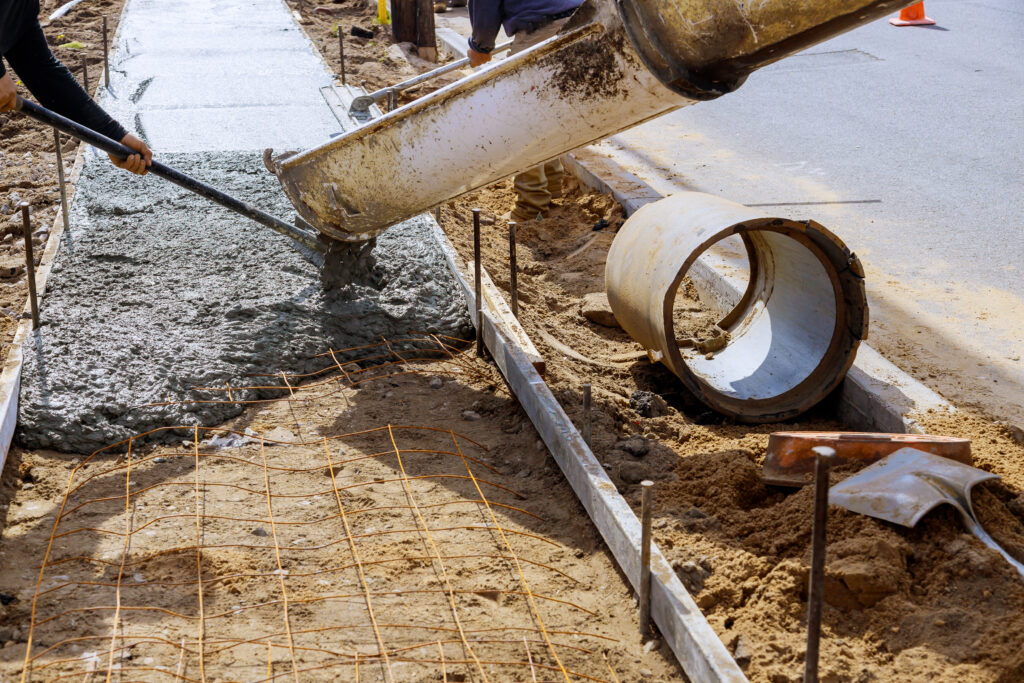
Every job site has its quirks. If your repair area is cramped, surrounded by landscaping, vehicles, or built close to buildings, crews face extra challenges. They might need to spend additional time carefully maneuvering equipment or protecting nearby surfaces, which increases labor hours and costs. Similarly, if the site requires the demolition of existing materials or the removal of debris before repairs can begin, this preparatory work adds to the overall price. Easy-to-access, open spaces tend to keep costs lower and timelines shorter.
Material Quality and Repair Method
The choice of materials and repair techniques influences both upfront costs and long-term value. High-grade repair products, like specialty epoxies or polyurethane foam used for slab lifting, typically cost more than basic concrete mixes or patching compounds. However, investing in these advanced materials often means your repair will last longer and withstand Denver’s harsh freeze-thaw cycles and soil movement better.
Paying a bit more initially saves you from repeated repairs down the line. Supporting this point, studies using life cycle cost analysis (LCCA) show that while high-performance materials increase initial expenses, they significantly reduce total lifecycle costs by lowering the frequency of maintenance and delaying the need for full replacement.
Labor Rates and Crew Expertise
Labor accounts for a significant portion of any repair budget. Labor rates can vary based on local market conditions, whether crews are union or non-union, and the company’s reputation. Experienced, skilled crews might charge a premium but tend to complete work efficiently and correctly the first time, reducing risks of callbacks or poor workmanship. Conversely, hiring the cheapest option without vetting credentials may result in subpar repairs that ultimately cost more.
Permitting, Inspections, and Regulatory Compliance
Depending on the location and scope of your concrete repair, you might need to secure permits or pass local inspections. These requirements add both time and cost to the project. For instance, commercial properties in Denver must adhere to city codes, ADA standards, and environmental regulations, which can require additional paperwork or modifications during repair. Partnering with contractors familiar with local rules can streamline this process and avoid costly delays.
Long-Term Maintenance and Lifecycle Costs
Concrete repairs aren’t always “fix it and forget it.” Some repairs, such as overlays or seal coatings, require periodic maintenance to maintain their protective qualities and extend the slab’s life. Failing to budget for this ongoing upkeep could lead to earlier deterioration and more expensive repairs down the road. Considering long-term maintenance costs alongside upfront repair expenses offers a more complete financial picture.
Do repairs using premium materials always cost more upfront, and are they worth it?
Premium materials often have a higher initial price. Still, they typically deliver longer-lasting, more durable repairs that reduce future costs and downtime, making them a wise investment for many property owners.
How to Evaluate Repair vs Replace: A Decision Framework
Deciding whether to repair or replace concrete is a critical choice that impacts your budget, timeline, and long-term property value. While replacement can sometimes be necessary, many concrete issues respond well to repair, saving you money and avoiding significant disruption. Here’s a practical framework to help you weigh your options and choose the best path forward.
Conduct a Thorough Condition Assessment
Start by closely inspecting the affected concrete. Look for cracks, spalling, settling, uneven surfaces, and signs of structural compromise, such as significant gaps or deep fractures. Take note of the extent of the damage and whether it affects safety or usability. Sometimes, a professional inspection is worthwhile to identify hidden issues that may be lurking below the surface.
Distinguish Structural vs. Cosmetic Issues
Not all cracks or surface imperfections threaten the integrity of the concrete. Cosmetic damage, such as hairline cracks or surface discoloration, can often be repaired with minor patching or sealing. Structural problems, on the other hand, include significant settling, large cracks, or slab movement that impact the slab’s strength or safety. Repairs are typically suitable for cosmetic or minor structural issues, whereas significant damage may necessitate replacement.
Consider the Lifecycle Cost Comparison
Look beyond immediate repair costs and factor in the lifespan and maintenance requirements of repairs versus replacement. A quality repair might extend the slab’s life by 10-15 years at a fraction of replacement cost. Replacement is a bigger upfront investment, but it can offer decades of service with less frequent maintenance. Matching the right solution to your budget and timeline goals is key.
Evaluate Safety and Liability Risks
Uneven or damaged concrete can create trip hazards, putting pedestrians and vehicles at risk. From a liability standpoint, addressing these concerns promptly is essential. If the damage presents an ongoing safety risk that repairs cannot fully mitigate, replacement might be the safer choice.
Assess Property Usage and Future Plans
Consider the current and future use of the concrete area. High-traffic commercial zones with heavy loads may require more durable solutions, such as replacement or comprehensive overlays. For low-traffic residential or light commercial areas, timely repairs might suffice. Additionally, upcoming property improvements or landscaping projects could influence the timing of repairs versus replacement.
What’s the best way to tell if concrete damage is structural or just cosmetic?
Structural damage often involves wider cracks, uneven slabs, or movement that affects safety or function, while cosmetic issues are usually shallow cracks or surface blemishes that don’t impact stability.
Tips to Stretch Your Concrete Repair Budget
When it comes to concrete repairs, striking the right balance between cost savings and quality is crucial. You want durable, effective fixes without paying for unnecessary extras. The following tips will help you maximize your repair dollars and avoid surprises that can blow your budget.
Prioritize Safety-Related Repairs First
Start by tackling the most pressing safety concerns, such as trip hazards, uneven slabs, or any structural issues that could pose liability risks. Fixing these problems early not only protects people but also prevents minor issues from escalating into costly, extensive repairs down the road. Prioritizing safety is a wise investment in both risk management and property value.
Combine Different Repair Types in One Project
If you have multiple repair needs, such as cracks, surface patches, and slab leveling, consider bundling them into a single job to save time and money. This approach reduces labor mobilization costs and minimizes downtime. Additionally, your property will experience fewer disruptions when repairs are completed simultaneously rather than in multiple phases.
Select Materials That Offer the Best Value
Work closely with your contractor to select repair materials that strike a balance between upfront cost and durability. Not every project requires premium-grade products; sometimes, mid-level materials provide solid performance at a more budget-friendly price. Finding the right material mix helps stretch your dollars without sacrificing longevity.
Schedule Repairs During Off-Peak Periods
Timing your repairs strategically can lower costs. Contractors often offer more competitive pricing or faster scheduling during slower seasons or on weekdays when their crews are less busy. Planning to avoid peak demand times can lead to both cost savings and quicker project completion.
Bundle Concrete Repairs with Other Maintenance Work
If your property requires additional maintenance, like asphalt repairs, sealcoating, or landscaping, coordinating these projects together can lead to discounts and reduced setup fees. Bundling multiple services reduces mobilization costs and helps you secure a better overall deal.
Are there hidden risks in postponing concrete repairs to save money?
Absolutely. Delaying repairs often allows damage to worsen, which leads to more expensive fixes later. It also increases safety hazards and the chance of violating local codes, making early intervention the most cost-effective strategy.
Protect Your Denver Property with Smart, Affordable Concrete Repairs
Your concrete surfaces play a vital role in keeping your property safe, functional, and looking great. Ignoring cracks and damage only leads to more costly repairs and operational disruptions down the road. At Asphalt Coatings Company, we offer expert, affordable concrete repair solutions designed explicitly for Denver’s unique climate and infrastructure requirements.
Take the first step toward preserving your investment with a free, no-obligation on-site assessment. We’ll give you a precise diagnosis, transparent pricing, and practical repair options tailored to your budget.
Don’t wait for minor problems to become big headaches. Contact Asphalt Coatings Company today and keep your concrete strong, safe, and long-lasting.
Frequently Asked Questions
Is a surface patch just a temporary fix?
Surface patches, when executed correctly with high-quality materials, can yield durable, long-lasting results. They restore safety and appearance without needing complete replacement. However, patching isn’t suitable for deep structural damage.
Is concrete lifting less reliable than complete slab replacement?
Concrete lifting with polyurethane foam is a proven method that effectively restores level surfaces. It is faster, cleaner, and often more cost-effective than replacing slabs, especially when the slab itself is structurally sound but has settled or sunken.
Can repairing cracks now really save money in the long run?
Absolutely. Addressing cracks early prevents water infiltration, freeze-thaw damage, and soil erosion beneath slabs, all of which can lead to more expensive repairs or replacement down the line.
Do concrete repairs affect drainage or ADA compliance?
When done properly, repairs improve drainage and maintain or restore ADA compliance. Experienced contractors ensure repaired surfaces meet all relevant codes and slope requirements.

